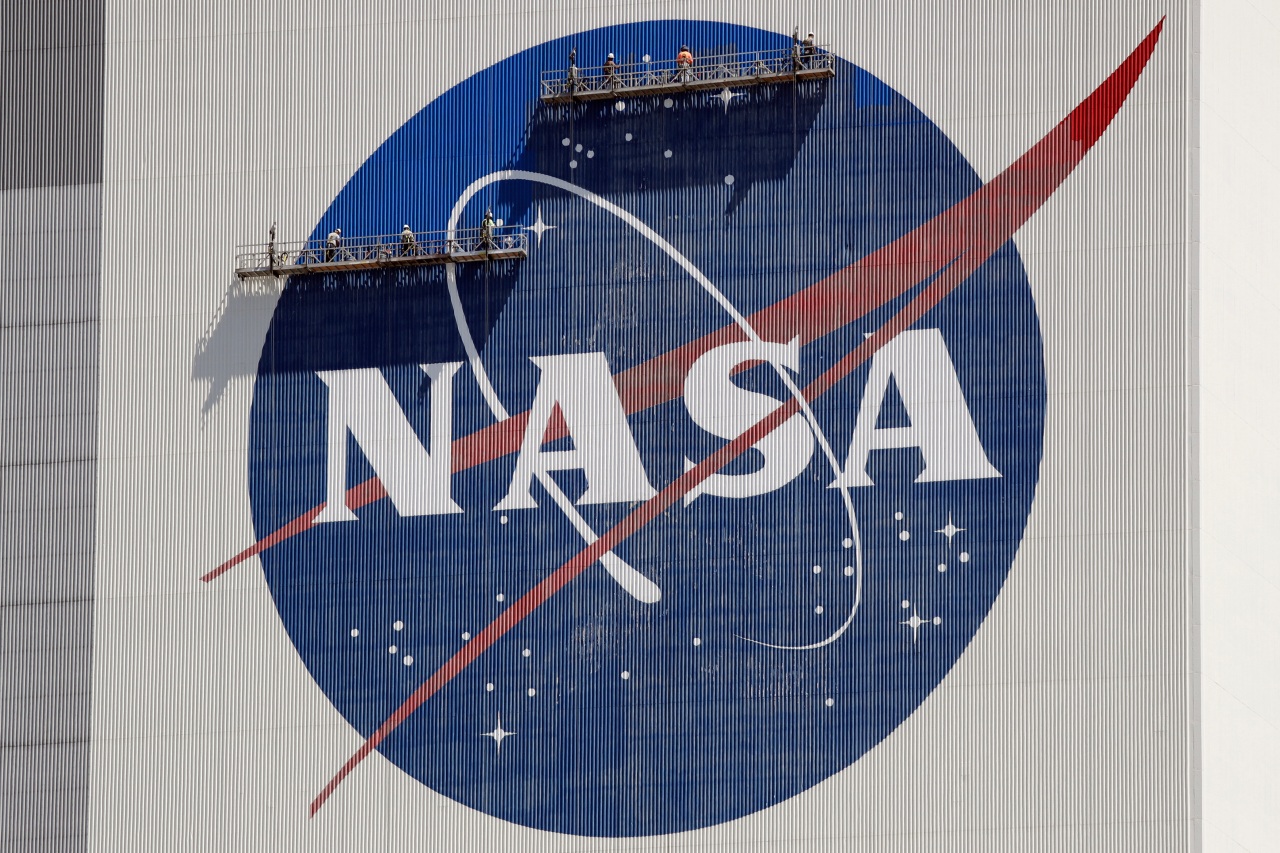- cross-posted to:
- science@lemmy.ml
- cross-posted to:
- science@lemmy.ml
This renewed interest in UFOs – excuse me, “UAPs” – is honestly pretty fascinating.
It’s clear that a nontrivial amount of UFO reports over the years have been “real” in the sense that there was really something there to be seen, but I’d figure most do have a completely mundane explanation – anything from prototype aircraft to weather balloons (har har.) Then there’s a few that seem to completely defy explanation, which is the fascinating part. Lately there’s been more official clips released, so it seems like it’s not quite as taboo of a subject and likely to kill your career as a pilot or whatever as it has been.



I don’t think you need to break physics. A combo of unlikely events + high density energy sources + modern flight technology can give rise to things that might seem to ‘break’ physics as we encounter in day to day life normally.